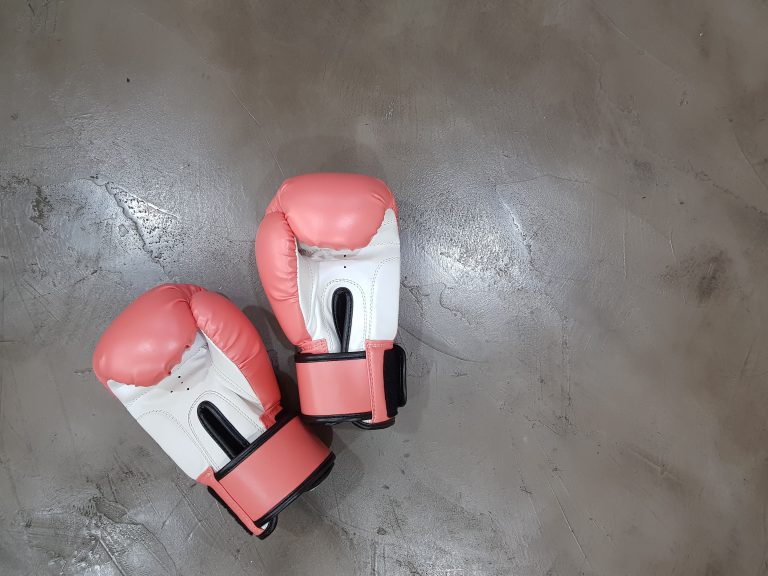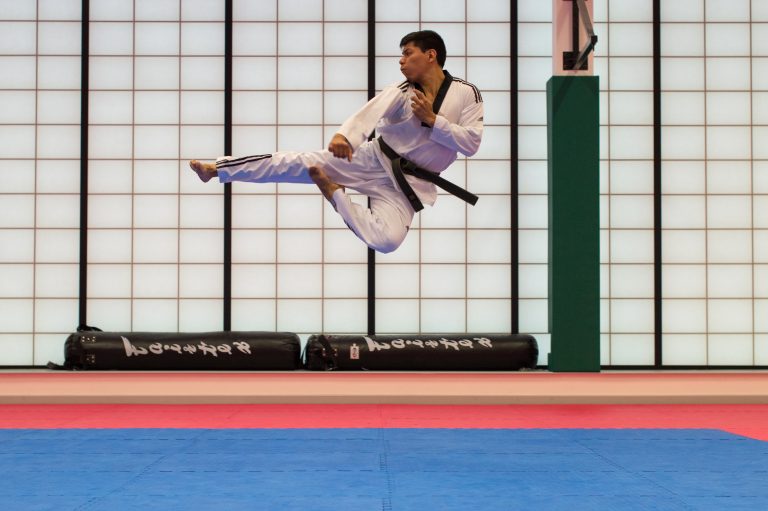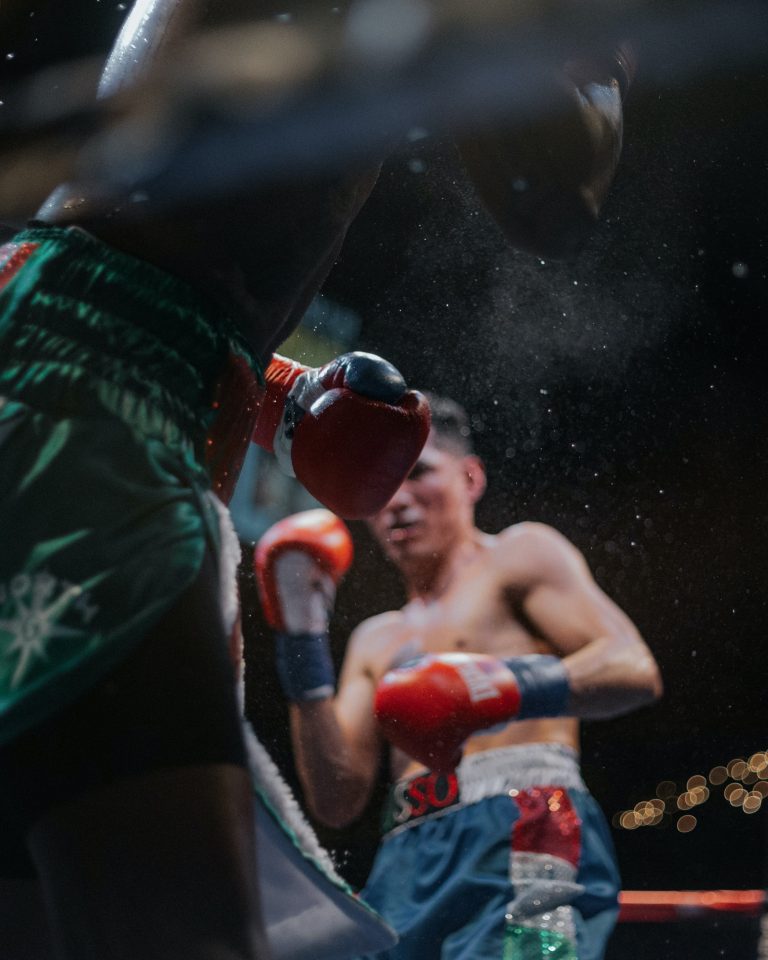From Aikido to Wing Chun: The Best Known Martial Arts at an Overview
Martial arts have been practiced for centuries, both as a form of self-defense and as a way to improve physical and mental well-being. With so many different styles and traditions, it can be overwhelming to figure out which martial art is best for you. In this post, we will provide an overview of two popular martial arts: Aikido and Wing Chun.
Aikido
Aikido is a Japanese martial art that emphasizes blending with an opponent’s movements rather than meeting force with force. Founded by Morihei Ueshiba in the early 20th century, Aikido techniques generally involve joint locks and throws that use an opponent’s energy to neutralize their attack. Aikido practitioners aim to protect themselves without injuring their attacker, typically through throwing or pinning techniques.
Learning Aikido requires a great deal of patience and practice, as it focuses heavily on breathing, posture, and precise movements. Aikido can be particularly beneficial for improving flexibility, balance, and overall physical fitness. However, it can be more difficult to use Aikido in a real-world self-defense situation, as it depends on the willingness of an attacker to work with the defender.
Wing Chun
Wing Chun, also known as Ving Tsun, is a Chinese martial art that focuses on close-range combat and efficiency. It was developed in the late 17th century and is known for its rapid, close-range striking and trapping techniques, as well as its emphasis on centerline theory. Wing Chun techniques are designed for fast and efficient takedowns and strikes, making it an effective self-defense style.
Unlike Aikido, Wing Chun doesn’t emphasize strength or brute force. Instead, it focuses on quick reflexes, coordination, and technique. Wing Chun’s training is rooted in a series of drills and exercises, such as chi sau – or sticky hands – which is said to develop sensitivity and timing. It is a fast-paced, precise martial art that is particularly useful in self-defense situations.
Conclusion
Aikido and Wing Chun are both popular martial arts that have been practiced for decades, if not centuries. While Aikido is a soft, defensive style that emphasizes blending with an opponent’s energy, Wing Chun is a fast-paced, aggressive style that focuses on quick reflexes and efficient striking techniques. Both martial arts offer a range of benefits, including improved physical fitness, increased flexibility, and greater mental focus. Ultimately, choosing which martial art to practice depends on your individual goals and preferences.
From Aikido to Wing Chun: The Best Known Martial Arts at an Overview
Martial arts have been a part of human culture for thousands of years. With its origin in different parts of Asia, these fighting styles have been perfected over time and passed down from generation to generation. Today, there are a lot of different martial arts styles practiced around the world, from the traditional styles like Karate, Judo and Aikido to the more contemporary styles like MMA and Krav Maga. In this post, we will be covering the most frequently asked questions about the best-known martial arts styles.
What are the benefits of practicing martial arts?
There are a lot of benefits to practicing martial arts, including physical and mental health benefits. Martial arts training helps improve strength, endurance, flexibility, and balance. It also helps develop discipline, self-control, and self-confidence. Practicing martial arts can also help relieve stress, reduce anxiety, and improve overall mental health.
What is Aikido?
Aikido is a Japanese martial art that focuses on deflection and redirection of an opponent’s energy rather than using force to overcome them. This martial art was developed by Morihei Ueshiba in the early 20th century, and it emphasizes blending with the attacker’s movements and using their momentum against them. Aikido techniques include throws, joint locks, and pins.
What is Karate?
Karate is a Japanese martial art that originated on the island of Okinawa. It primarily focuses on striking techniques such as punches, kicks, and knee strikes. Karate training also includes blocking techniques, throws, and joint locks. There are many different styles of Karate, including Shotokan, Goju-Ryu, and Kyokushin.
What is Taekwondo?
Taekwondo is a Korean martial art that emphasizes fast and powerful kicks. It was developed in the 1940s and 1950s and has become one of the most popular martial arts styles in the world. Taekwondo training includes kicking techniques, hand strikes, and blocks. It also includes patterns or forms, sparring, and breaking.
What is Judo?
Judo is a Japanese martial art that focuses on throws and grappling techniques. It was developed in the late 19th century by Jigoro Kano and is known for its emphasis on using an opponent’s strength and weight against them. Judo training includes throws, pins, joint locks, and chokes.
What is Wing Chun?
Wing Chun is a Chinese martial art that emphasizes close-range combat and striking techniques using the hands and arms. It was developed in the 18th century by Ng Mui and is known for its efficiency and practicality. Wing Chun techniques include punches, strikes, kicks, and grappling.
What is Krav Maga?
Krav Maga is a self-defense system developed by the Israeli Defense Forces. It focuses on practical and effective techniques for real-world situations, including striking, grappling, and weapon defense. Krav Maga also emphasizes awareness and avoidance techniques to prevent a dangerous situation from escalating.
What is Brazilian Jiu-Jitsu?
Brazilian Jiu-Jitsu is a martial art that focuses on grappling and ground fighting techniques. It was developed in the early 20th century by the Gracie family in Brazil and has become a popular martial art for self-defense and sport. Brazilian Jiu-Jitsu techniques include joint locks, chokes, and throws.
Conclusion
There are a lot of martial arts styles to choose from, each with its own unique techniques and philosophy. Whatever the reason for starting martial arts, whether it’s for physical fitness, self-defense, or mental health benefits, there is a style out there for everyone. We hope this overview has provided some insight into the best-known martial arts styles and helps you decide which style to pursue.
Inhaltsverzeichnis






